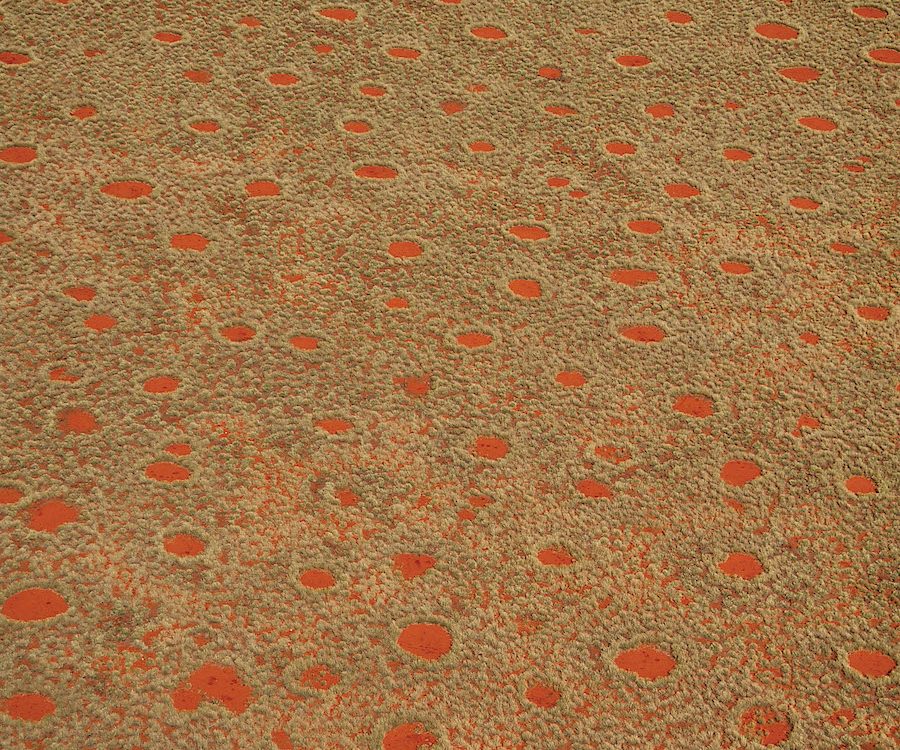
/Ai- /Ais Hot Springs Spa
May 22, 2017
Damaraland Camp
May 23, 2017Text Edward Jenkins | Photograph Hannes Brunner
This is the eighth in a series on the gemstones of Namibia. Dispersion is a measure of a gem’s property of separating light into its constituent colours, as a prism does, and is frequently referred to as the ‘fire’ of the gem. Demantoid ranks high among gemstones for dispersion; in fact, even higher than a diamond.
F irst discovered in the Ural Mountains of Russia around 1853, demantoid is the rarest and most expensive of the garnet gemstones. The name is derived from the French, demant, or diamond, and is based on its brilliance. The stone quickly became a favourite of the Russian monarchy, and master craftsman Peter Carl Fabergé created many unique items of jewellery using these gems. Most were cut round in order to showcase their great brilliance.
While found mainly in Russia, small deposits were also discovered in Italy, Iran and Afghanistan, but over time, finds became exceedingly rare. For decades new stones were unobtainable, the only alternative being salvaging gems mounted in antique jewellery.
This situation changed in 1997, when gem-quality demantoid deposits were discovered in central Namibia, west of the Erongo Mountains. Measuring up to 20 millimetres in length and three centimetres in diameter, these crystals could have developed into large, multi-carat gemstones. The Namibian stones lack the ‘horsetail’ inclusions and the rich emerald colour of the very best Russian demantoid gems. However, Namibian demantoids range from a cold pale green to a fairly strong green, the benefit of the somewhat lighter colour being an increase in the amount of ‘fire’ the stone exhibits.
With the Namibian finds, demantoid became a tad less scarce, but gems over one carat remain uncommon. Stones over two carats are extremely rare, and any gem of over five carats would be considered a world-class gem.
In recent years, the primary source of Namibian garnets has been the Green Dragon Mine in the Namib Desert in central Namibia, which continues to produce the occasional large stone of over five carats, while providing stones for bead or pavé settings (when small gems are set in the surface of metal, as close together as possible). Recent discoveries in Madagascar have shifted the attention away from Namibia, but local prospectors are confident that new finds are on the horizon, at sites on the other side of the Erongo Mountains.
Demantoid gems are believed to represent dawn and change, and ensure prosperity and abundance. They help awaken compassion, and are considered an antidote to plague and fever.
Finally, a caveat for thieves and con artists: The legend surrounding this stone guarantees cheerfulness for the wearer when it has been lawfully obtained, but promises a curse if acquired by other means!

This article was first published in the Flamingo April 2011 issue.


